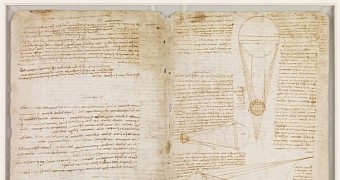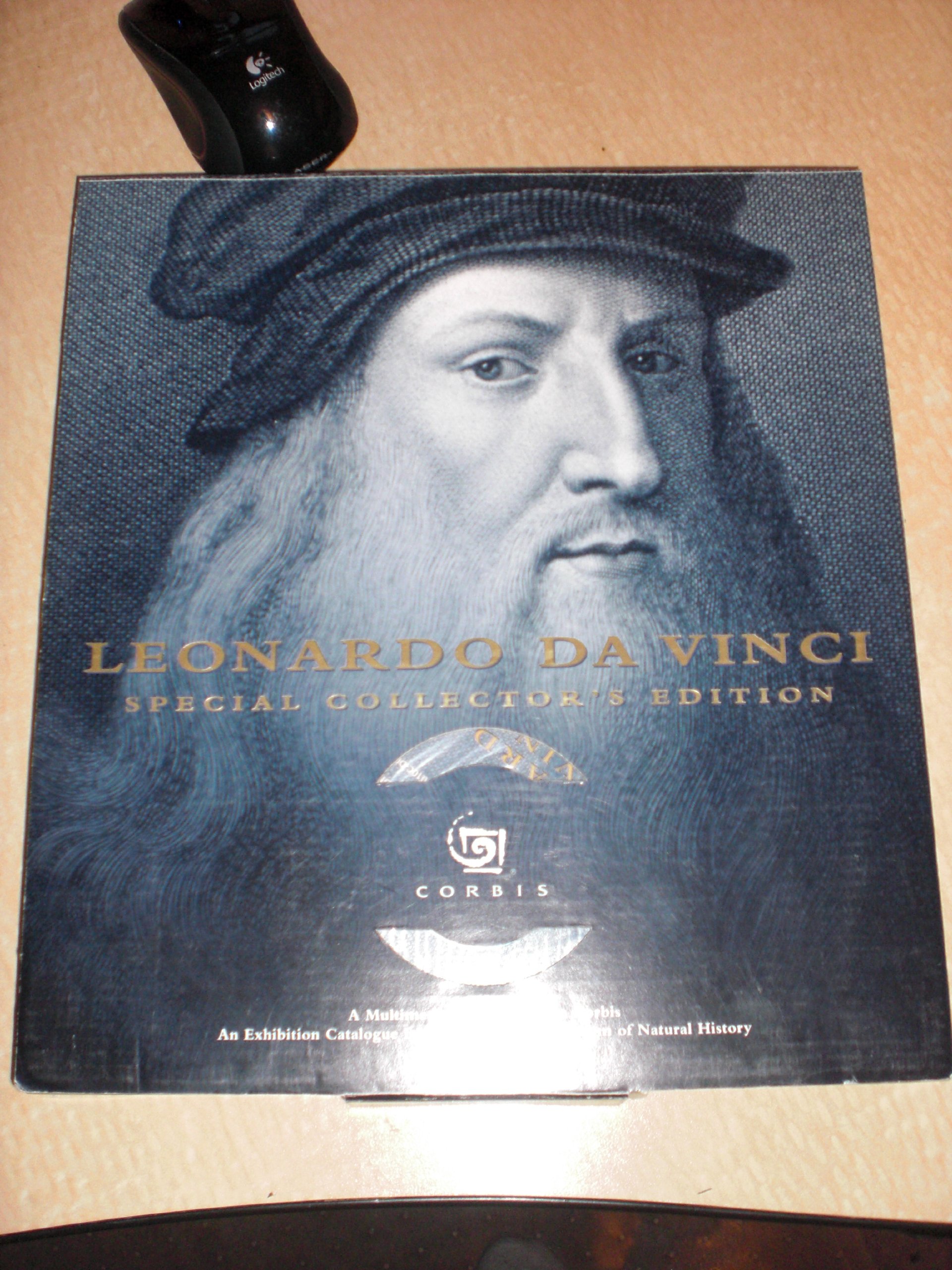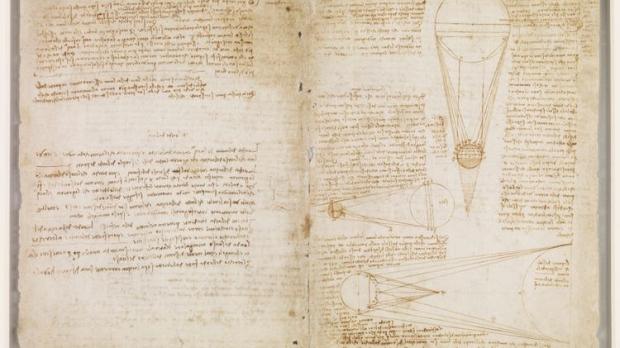The Codex Leicester, which is essentially a manuscript that includes the scientific writings of Leonardo da Vinci, isn’t only the second most expensive book in the world, but also the one that caught the attention of Microsoft founder Bill Gates.
Gates is currently one of the richest persons in the world, with January 2020 data estimating his net worth at over $108 billion.
But back in 1994, Bill Gates obviously wasn’t so wealthy as he is today, though he still had the money to spend some $30 million to purchase the Codex Leicester.
Those who follow Bill Gates on social media certainly know that the Microsoft founder reads a lot. Each year, he recommends a series of books that you should really check out, and every time he’s a Secret Santa, he ends up sending a collection of books in addition to lots of other goodies to whoever is lucky enough to be picked.
Undoubtedly, the Codex Leicester was also the most expensive book ever purchased by Gates, as he paid no less than $30,802,500 at Christie's auction house on 11 November 1994 in New York to own the manuscript.
While it goes without saying that such an acquisition would normally go directly into one’s collection, Gates had a different plan in mind, and this plan eventually made users of the Windows operating system feel special.
What the Microsoft founder did after buying the manuscript was scan each and every page to create digital image files that could be opened on a computer. In other words, you no longer had to own the Codex Leicester to read Da Vinci’s scientific writings, as you only needed Gates’ digital version.
And because Bill Gates wanted everyone to have them, he made a really bold call: include them in Windows as wallpapers and screensavers.
This is how Da Vinci’s manuscript ended up becoming a collection of wallpapers and screensavers available for any Windows user on a CD-ROM. The pack was offered bundled with Microsoft Plus! For Windows 95 as part of a theme that offered a customized version of the desktop.
Because the content proved so popular, Bill Gates decided to push everything to the next level, so the Codex wallpapers and screensavers eventually made their way to Windows 98 and Windows ME.
Microsoft’s founder, however, didn’t stop here. Since the Codex was so popular, he decided to create a digital version that was launched as a separate CD-ROM version in 1997. Called Leonardo da Vinci, the collection was offered by Corbis, a company founded by Bill Gates in 1989 and originally known as Interactive Home Systems.
The collection was described as a “computerized viewing tool which permits the user to examine English translations of the Codex superimposed onto facsimiles of its pages,” and also included paintings, drawings, manuscripts, and lost works belonging to Leonardo da Vinci.
Things have changed a lot in the meantime, and not only that the Codex is no longer used in modern Windows, but features like the screensaver itself are barely used these days. In Windows 10, for example, Microsoft never talks about the screensaver, instead bragging about the lock screen, which is a more modern feature whose background can be automatically changed by Windows Spotlight – a wallpaper download engine powered by Bing.
Finding the original digital version of Codex, which Microsoft offered 25 years ago, is pretty hard as well, unless you still have the CD-ROM somewhere in your house. And if you do, you’re pretty lucky, as these things are already collectibles and can no longer be purchased.

 14 DAY TRIAL //
14 DAY TRIAL // 

